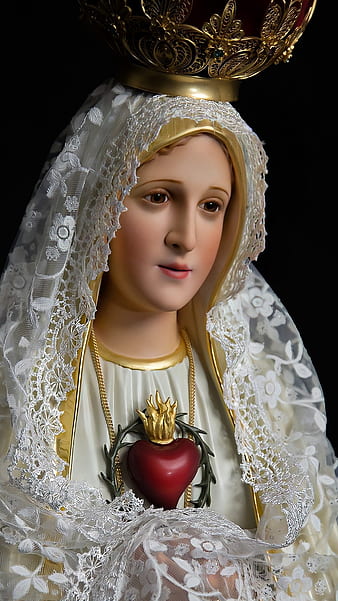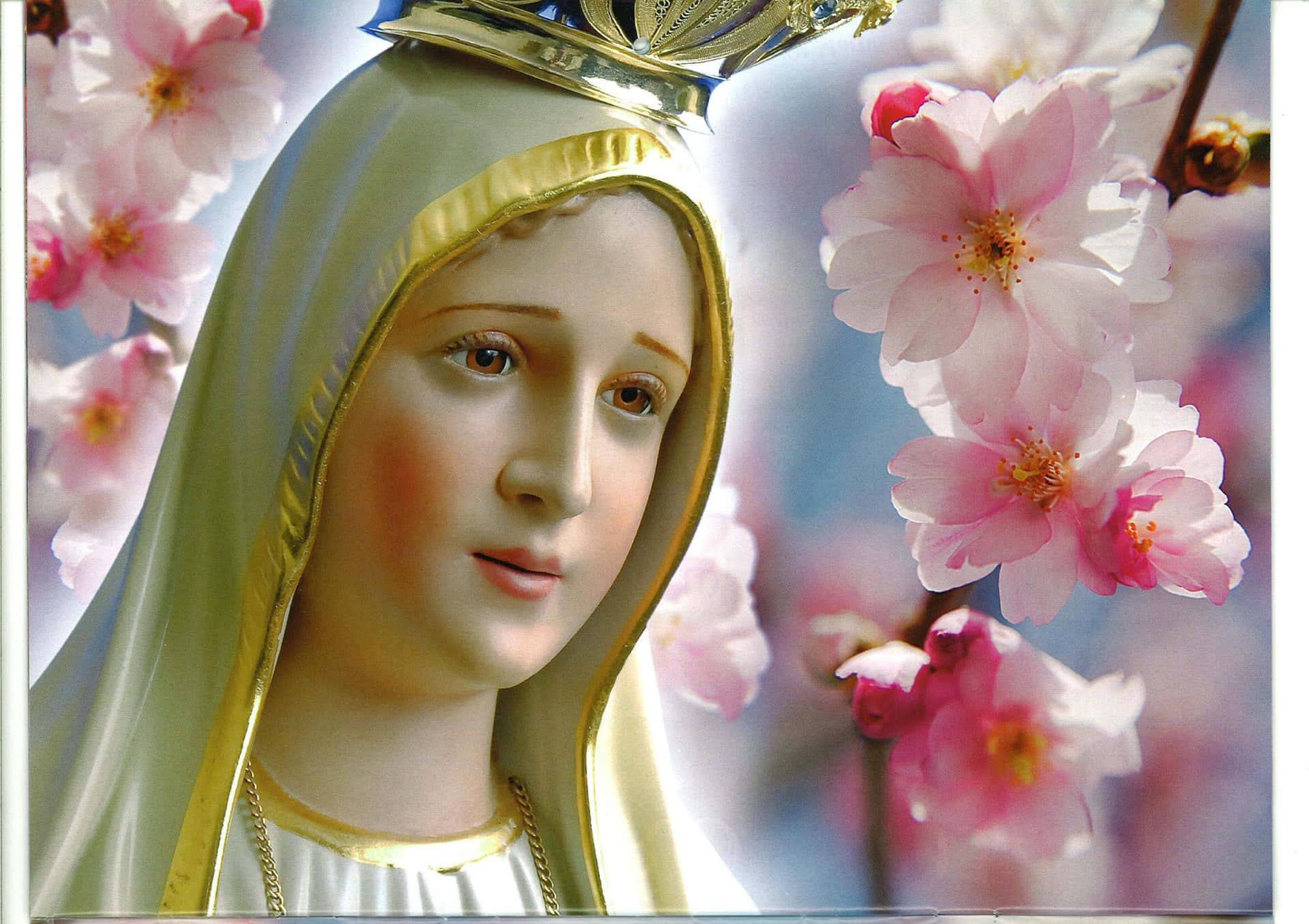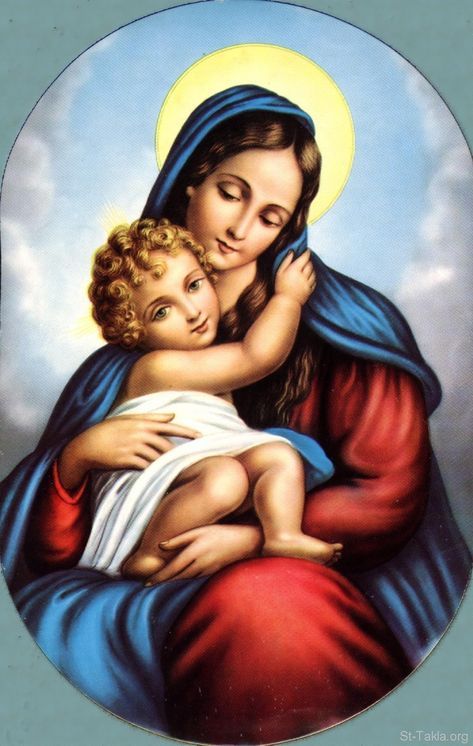The Miraculous Medal: A Marian Intercession and its Theological Significance
This article explores the Miraculous Medal, a sacramental deeply rooted in Roman Catholic tradition, examining its historical origins, theological underpinnings, and purported efficacy. We will analyze its symbolism, associated miracles, and its place within the broader context of Marian devotion, drawing upon relevant theological concepts and principles.
The Origins and Design of the Miraculous Medal
The Miraculous Medal, also known as the Medal of the Immaculate Conception, emerged from a series of apparitions of the Virgin Mary to Saint Catherine Labouré, a young Daughter of Charity, in 1830. This event can be analyzed through the lens of mystical experience and religious phenomenology, exploring the subjective experience of divine revelation and its impact on the recipient. The apparitions, documented in Catherine's testimony, led to the creation of the medal based on Mary's instructions, establishing its iconography as divinely ordained within the Catholic faith.
The medal’s design is rich in symbolism. The central image of Mary, Immaculate Conception, represents her sinless nature and her role as the Mother of God. This aligns with the established dogmatic definition of the Immaculate Conception within Catholic theology. The inscription "O Mary, conceived without sin, pray for us who have recourse to thee" explicitly invokes her intercession, highlighting a key aspect of Marian devotion—the belief in Mary's powerful role in mediating divine grace.
Theological Framework: Marian Intercession and Grace
The efficacy of the Miraculous Medal is understood within the Catholic theological framework of Marian intercession and sacramental theology. The concept of intercession posits that saints, having achieved communion with God, can intercede on behalf of the living. This is grounded in the belief in the communion of saints, a central tenet of Catholic ecclesiology. The Miraculous Medal, as a sacramental, is considered a visible sign of this spiritual reality, a physical object that channels God's grace through the intercession of Mary.
The Catechism of the Catholic Church emphasizes Mary's role as a model of faith and obedience, highlighting her unique cooperation in God's plan of salvation. Her "fiat," her "yes" to God's will at the Annunciation, is seen as the pivotal moment in the Incarnation of Jesus Christ. This perspective aligns with the theological concept of divine grace – the free and undeserved gift of God's love and favor, mediated through the sacraments and the intercession of saints, such as Mary. The medal, therefore, is viewed as a conduit of this grace.
Miracles, Testimonies, and Historical Context
Numerous accounts of miraculous healings, conversions, and spiritual protection are associated with the Miraculous Medal. These testimonials, while not subject to rigorous scientific verification, hold profound significance for believers. Studying these accounts requires a nuanced approach, balancing faith-based interpretations with a critical examination of potential psychological and sociological factors contributing to the experiences reported.
The conversion of Alphonse Ratisbonne, a previously staunch opponent of Catholicism, serves as a prominent example often cited. His dramatic transformation after receiving and wearing the medal is frequently interpreted as a manifestation of God’s grace channeled through Mary's intercession, highlighting the transformative power of faith and the impact of religious experience on individual lives. Such accounts can be analyzed using models from religious studies, such as narrative analysis and the study of religious conversion.
The Role of Faith and Devotion
The power attributed to the Miraculous Medal should not be seen as residing in the object itself, but rather in the faith and devotion of the wearer. The medal functions as a tangible reminder of Mary's presence and her unwavering love. By wearing and praying with the medal, individuals actively participate in the act of faith and express their devotion, opening themselves to the possibility of experiencing God's grace. This aligns with the principle of faith as a necessary condition for receiving divine grace.
The act of wearing the Miraculous Medal can be viewed through the lens of symbolic interactionism, focusing on how the meaning and significance of the medal are constructed through social interactions and shared beliefs. It also resonates with the concept of ritual in religious studies, where material objects and actions play a crucial role in shaping religious experience and fostering a sense of community.
Conclusion and Recommendations
The Miraculous Medal stands as a powerful symbol within Roman Catholic tradition, embodying the faith and devotion centered around the Virgin Mary. While the claims of miraculous interventions require critical evaluation, the medal's enduring popularity underscores its profound spiritual significance for believers. Further research might explore the psychological and sociological dimensions of faith healing associated with the medal, applying rigorous methodologies to analyze anecdotal evidence and provide a more comprehensive understanding. This study could investigate the interplay of faith, expectation, and placebo effect in reported miraculous events. Understanding the complex interplay between faith, belief and experience is crucial for appreciating the multifaceted impact of religious symbols and practices. The role of the Miraculous Medal as a catalyst for spiritual growth and a source of solace, comfort, and hope remains a central area for further scholarly inquiry, potentially applying qualitative research methods to deepen our understanding of the lived experiences of believers who utilize the medal in their spiritual lives.
Reader Pool: What are your thoughts on the integration of empirical research methods with theological interpretations in analyzing the reported miracles and spiritual experiences associated with the Miraculous Medal?
```







No comments yet. Be the first to share your thoughts!